Improving core web vitals in wordpress
Core Web Vitals have become critical to modern web development, impacting the user experience and search engine rankings. As WordPress is the most popular content management system, it’s vital to understand how to optimize your website’s Core Web Vitals to stay competitive. We will outline the practical tips on improving these essential performance metrics on your WordPress site.
What are Core Web Vitals?
Core Web Vitals is a set of three performance metrics developed by Google that measure the user experience on a website:
1. Largest Contentful Paint (LCP):
The time it takes for the most extensive content element to load on the page, ideally within 2.5 seconds. To improve LCP, you need to optimize the loading of this element.

Here are some steps you can take to improve LCP in WordPress:
-
Optimize images:
-
Use a caching plugin:
-
Minimize JavaScript and CSS:
-
Use a Content Delivery Network (CDN):
-
Choose a Fast Hosting Provider:
-
Use Lazy Loading:
-
Optimize Fonts:
If you are using banners on the pages, try reduce the height of images. Large images can significantly increase your LCP time. You can optimize your images by compressing them using a plugin like Smush or an image optimization service like Cloudinary.
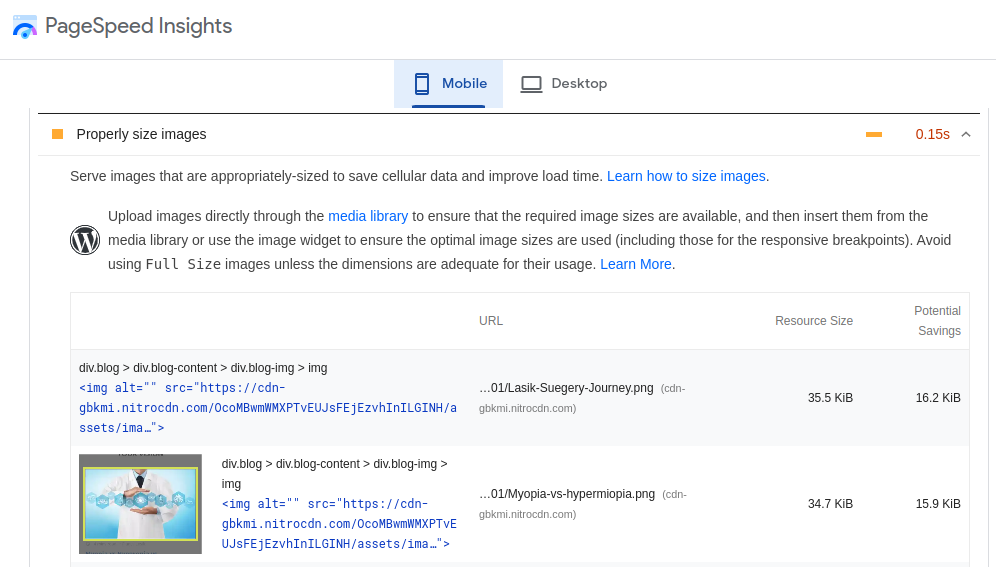
A caching plugin can significantly improve your LCP by storing your website’s static assets (CSS, JavaScript, images) on the visitor’s browser, reducing the time it takes to load them. WP Fastest Cache is a WordPress caching plugin that optimizes website speed and performance, focusing on improving the Largest Contentful Paint (LCP). WP Fastest Cache helps to reduce LCP by caching website content and minimizing the time required for the server to process each request.

By creating a static HTML file from dynamic WordPress content, WP Fastest Cache minimizes the time required for the server to process each request, resulting in faster page load times and improved LCP. The plugin also includes features that optimize website speed, including browser caching, HTML, CSS, JavaScript file minification, and Gzip compression.
WP Fastest Cache also provides options to exclude specific pages or user agents from caching and clear the cache when content is updated automatically. This ensures that visitors always see the latest content without sacrificing website speed.
The user-friendly interface and minimal configuration required make WP Fastest Cache an ideal choice for WordPress users looking to optimize their website’s LCP and overall performance. By reducing LCP and improving website speed, WP Fastest Cache helps to create a better user experience and improve search engine rankings.
Large JavaScript and CSS files can slow down your website’s loading time. You can minimize these files by removing unnecessary code and compressing them.
A CDN can improve your LCP by storing your website’s static assets on servers worldwide, reducing the time it takes for your visitors to download them.
A slow hosting provider can significantly increase your LCP time. Choose a fast hosting provider to handle your website’s traffic.
Lazy loading can improve your LCP by only loading images and videos when visitors scroll through them.
Large font files can slow down your website’s loading time. You can optimize your fonts by using a font optimization service like Google Fonts or by reducing the number of fonts you use.
By taking these steps, you can significantly improve your LCP time and your website’s overall performance.
2. First Input Delay (FID):
First Input Delay (FID) is a user-centric performance metric that measures the time it takes for a web page to become interactive or responsive after a user initiates an action. In simpler terms, FID quantifies the delay between when a user first interacts with a page, such as clicking a button or tapping a link, and when the browser is actually able to process and respond to that interaction.
To improve FID on your WordPress site, consider the following optimizations:
-
Minimize JavaScript execution:
-
Prioritize Critical Resources:
-
Optimize Server Response Times:
-
Use a Lightweight and Optimized Theme:
-
Keep Plugins to a Minimum:
JavaScript is often the main culprit behind poor FID scores, as it can block the browser’s main thread, delaying the processing of user inputs. Optimize your JavaScript by reducing the amount of code, deferring non-critical scripts, and splitting large JavaScript bundles using code-splitting techniques.
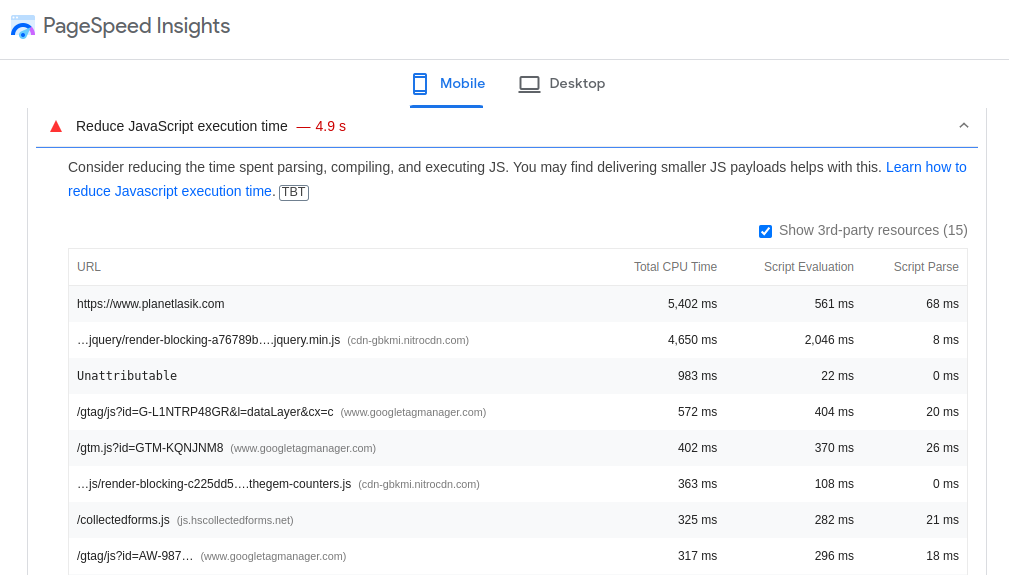
Ensure that the essential resources, such as CSS and necessary JavaScript files, are loaded first. This can be achieved using techniques such as async and defer attributes for script tags, inlining critical CSS, and using the rel=”preload” attribute for crucial resources.
Slow server response times can contribute to poor FID scores. Consider implementing server-side optimizations such as caching, database optimization, and using a content delivery network (CDN) to reduce server response times.
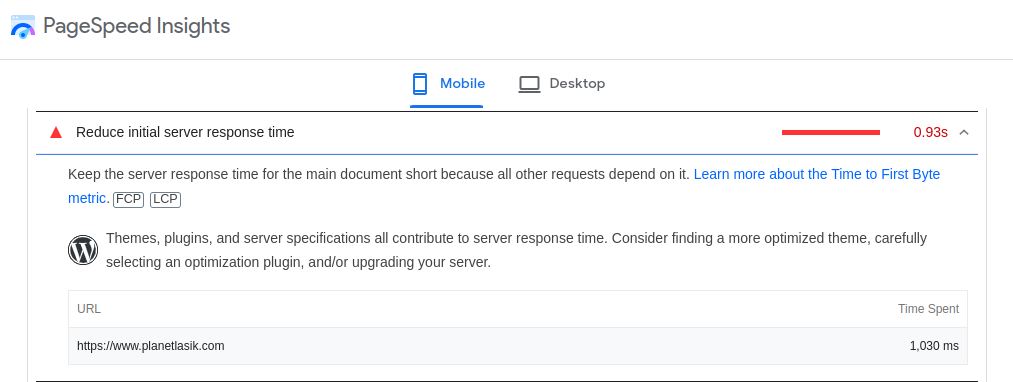
As mentioned earlier, choosing a well-coded and performance-oriented theme for your WordPress site can significantly impact FID. Avoid themes that are bloated with unnecessary features or code.
Excessive use of plugins can negatively impact FID. Only install and use plugins essential to your site’s functionality, and ensure they are well-maintained and regularly updated.
By focusing on these optimizations, you can effectively reduce First Input Delay on your WordPress site, leading to an improved user experience and better Core Web Vitals scores.
3. Cumulative Layout Shift (CLS):
The measure of visual stability of a page, with a score of less than 0.1 considered good. Here are some steps you can take to improve CLS in WordPress:
-
Set Size Attributes for Images and Videos:
-
Use a Preloader:
-
Avoid Inserting Dynamic Content Above Existing Content:
-
Minimize the Use of Animations:
-
Use Responsive Design:
-
Avoid Third-party Scripts That Impact Layout:
When you don’t set size attributes for images and videos, it can cause them to load at a different size, leading to layout shifts. By setting size attributes, you can ensure that the browser reserves the correct space for the media, reducing the likelihood of layout shifts.
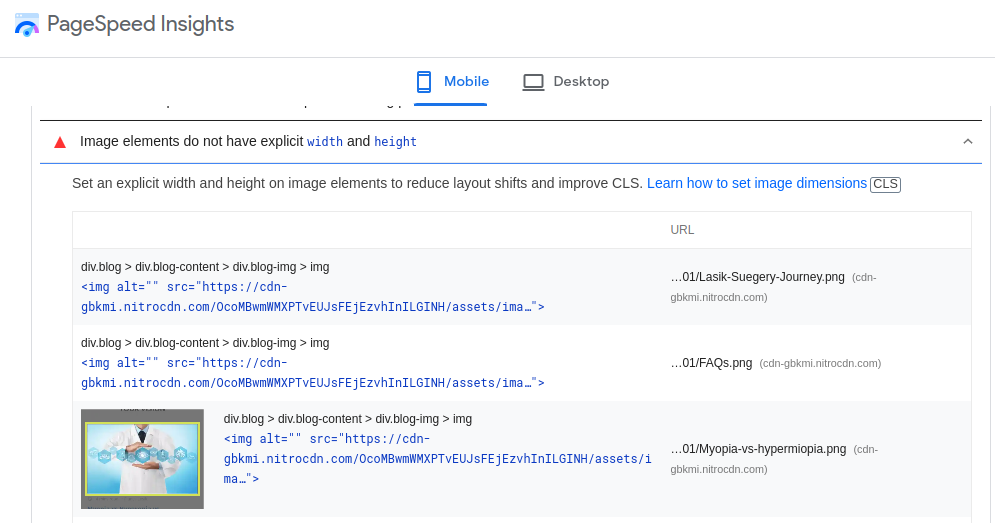
A preloader is a visual element that appears while your website is loading. It can reduce CLS by signaling to the user that the website is loading and preventing them from clicking on elements before they are ready.
When dynamic content is inserted above existing content (e.g., an ad loading in a sidebar), it can cause layout shifts. Instead, consider placing dynamic content in a separate container or using lazy loading.
Animations can be a great way to add visual interest to your website but can also cause layout shifts. If you do use animations, make sure to optimize them and keep them as lightweight as possible.
Responsive design ensures your website looks good on all devices, reducing the likelihood of layout shifts. Test your website on different devices and screen sizes to ensure responsiveness.
Third-party scripts like ads, social media widgets, and analytics tools can impact the structure and cause layout shifts. Consider minimizing the use of these scripts or deferring their loading until after the initial page load.
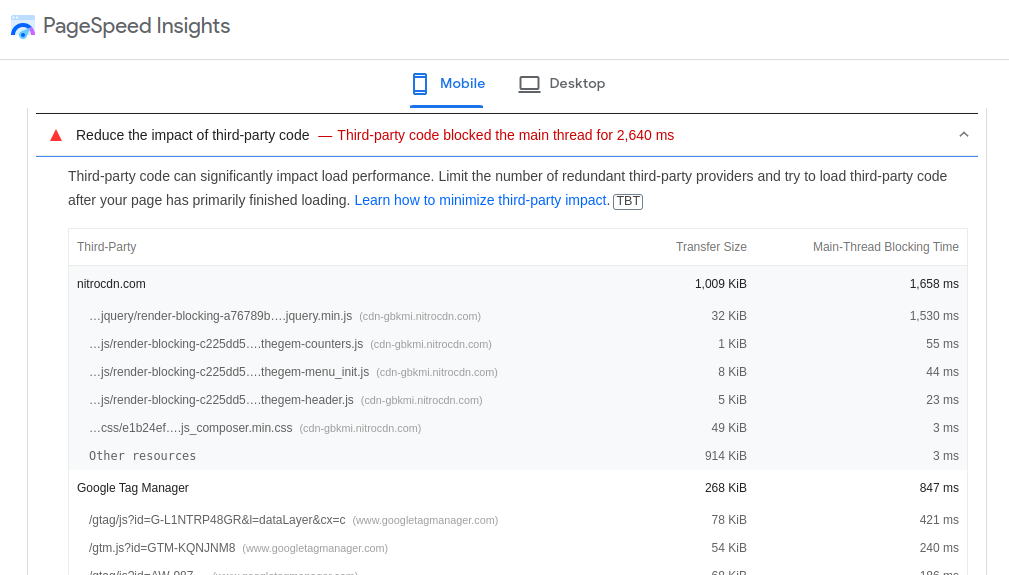
By taking these steps, you can improve the visual stability of your website and provide a better user experience for your visitors.
Conclusion
Improving Core Web Vitals on your WordPress site enhances user experience and maintains a competitive edge in search engine rankings. By implementing these best practices, you can optimize your website’s performance, ensuring visitors enjoy a fast and seamless browsing experience.

